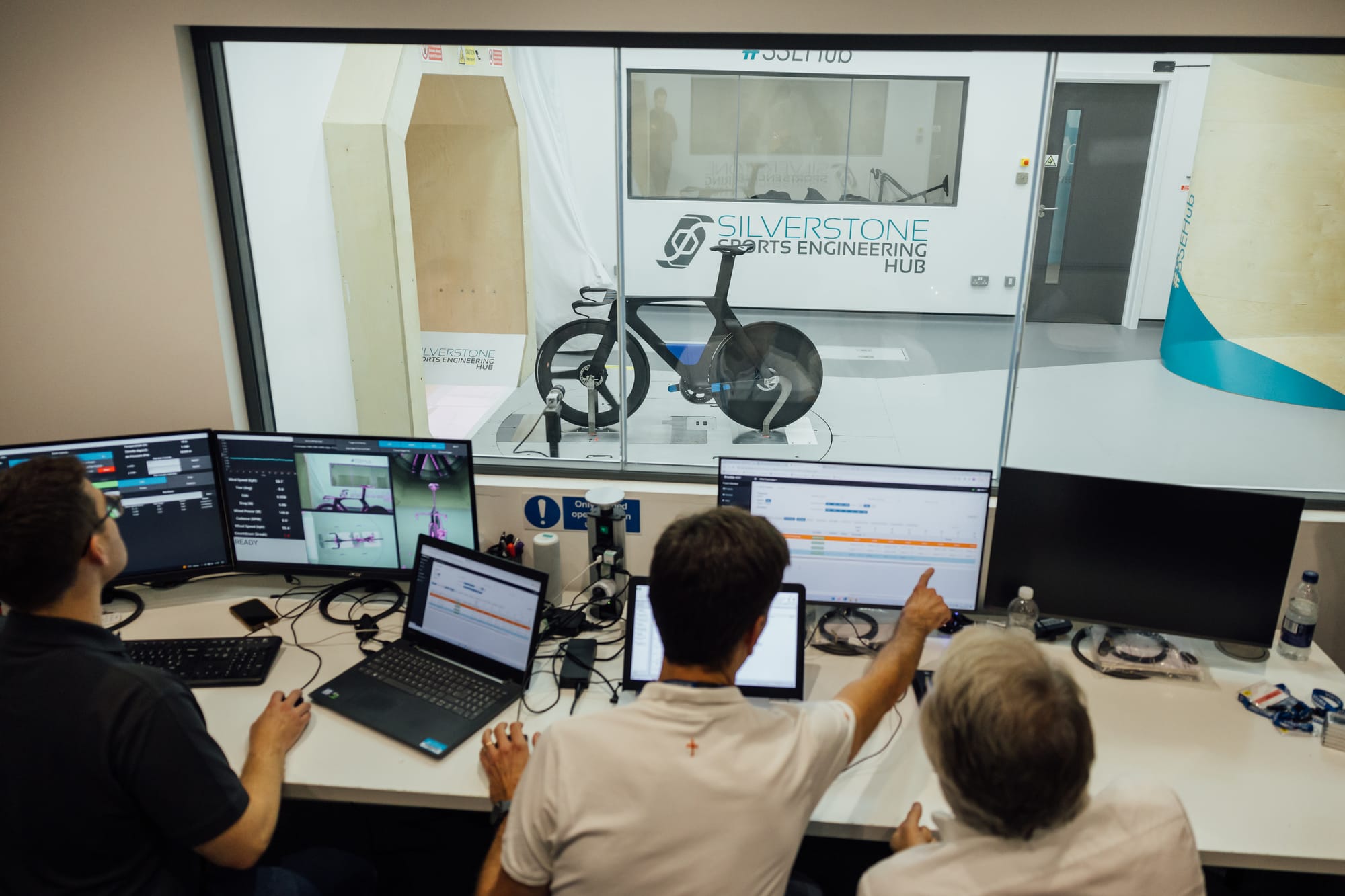Modern cycling is obsessed with aerodynamics. Every new bike, wheelset, helmet, and jersey promises time and wattage savings. It’s the most marketed marginal gain in the sport and one of the hardest to interpret and know what is real.
From CFD simulations and wind tunnels to velodrome testing, real-world testing and drag measurement systems, measuring aerodynamics has never been more advanced nor accessible. But how well do these methods actually reflect what we experience on the road? And how much can we trust the marketing claims they generate?
This article breaks down the different types of aero testing, key variables that influence results, and how manufacturers use (or manipulate) data to sell speed. We’ll propose a framework to critically assess aero claims and help you make informed decisions about your equipment.
The Different Types of Aero Testing
Manufacturers have more ways to design, optimise, and test new products than ever before: computational fluid dynamics (CFD), wind tunnel testing, velodrome testing, and outdoor testing with drag measurement systems or the good old-fashioned Chung Method. The most diligent manufacturers use them all. Each testing method has its pros and cons, its opportunities and challenges. Some are more controlled and repeatable, others are more representative of the real world. Ultimately, there is no perfect or correct test method, merely pros and cons to all.
Did we do a good job with this story?






